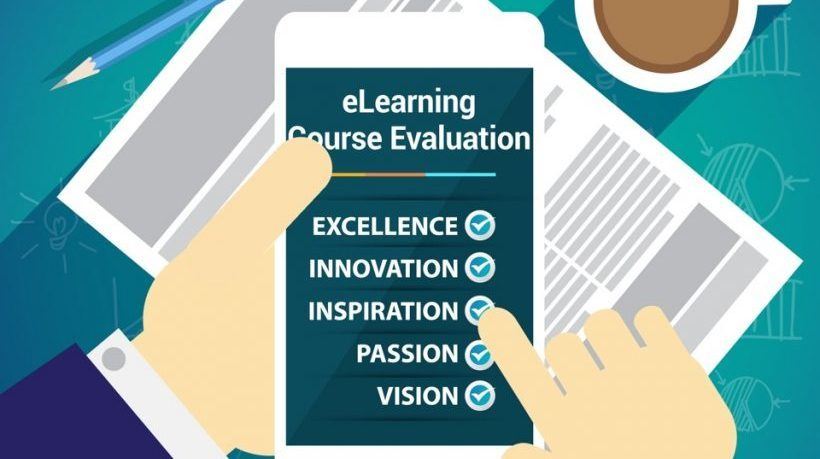Challenges In Transitioning To Digital Training
We have always thrived in face-to-face and one-to-one training. It allowed us to connect with our learners, adapt to their learning styles, and address ambiguities quickly. We could easily change our language when working with bigger groups or have a more intimate approach when doing one-to-one or one-on-one trainings. With the pandemic forcing everyone to stay at home and practice social distancing, we had to modify our teaching style to accommodate the new normal. This has pushed us to enter channels we previously only talked about exploring. We had a few pieces of digital content that was made to supplement the current training we offer. It was not meant as a stand-alone course.
To continuously provide training that was valuable and for our business to stay afloat, we needed to be able to translate all of the face-to-face lessons we provided to something digital and something people could take on their own time. On the one side, it did bring out the resourcefulness in our team. On the other, it opened a myriad of challenges we did not encounter in our usual training landscape.
Here are 7 of those challenges that we had to go through to translate those trainings to more digitally available content for our learners.
1. Software Limitations
One of the toughest realities we had to accept was that we won’t be able to translate everything, and no one software can provide all your needs. If there was a perfect software for learning, there wouldn’t be room for other applications to thrive. We fought to mold and change things but there are certain features that are out of our hands. Learning the limitations of the software gives you an idea of what you can push for and what to work around.
Solution: We had to have a basic understanding of what we can do and adapt the lessons we wanted to those parameters. This means learning the software and understanding it on a basic level so we do not create unnecessary demands from our developers.
2. Budget Limitations
The difference between the reality of what you can afford and what you want is something many companies negotiate with their developers. We wanted to make sure to get the best product out there, but we did not have the same budget that a mammoth company would have.
Solution: Plan and communicate with your designers. Creating a free-flow of communication between you, the course, designers, and the rest of your creative team helps you reach a place where you are both happy with the work you’ve done without burning out either parties.
3. Bugs Are Inevitable
If you have programmer friends, you know they usually complain about bugs and how most of the time it is difficult to fix all of them without creating more.
Solution: Understanding what you can and cannot fix is the first step. Much like software limitations, you need to know which battles to pick, otherwise, you risk spending too much time on the small details instead of the content. It is also important to continuously get software updates and reach out to industry experts who will be more effective in finding workarounds and potentially raising your problems to the developers of the software you are using.
4. Finding Mistakes After Launch
Even after hours of grueling editing, post-launch, we are finding small typos, some images do not render properly in some devices, or a piece of interactive is not doing its job properly.
Solution: Continuously challenging a previously approved version ensures you catch possible problems for other learners or small mistakes you may have missed when reviewing the same material too many times.
5. Problems In Different Formats
Compatibility is another tough hurdle we faced as soon as we began uploading and testing. Browsers displayed our text incorrectly, SCORM and non-SCORM versions worked differently.
Solution: Anticipate new errors with every new version and test previously working parts of your module.
6. Different Feedback On How Your Instructions Are Understood
No matter how simple or straightforward you think your instructions are, there will always be someone who will not find your design intuitive. We asked people of different ages in the workforce to test it out and not everybody understood the instructions the same way.
Solution: Hire a UX designer who has an understanding of how intuitive design works. Have a number of people from your target market try out your eLearning module. Do not assume that just because you understand a part of it, the rest of your demographics will.
7. Paid Vs. Free eLearning Materials
Building our learning materials took time, effort, and the help of experts. For many businesses including ours, there is pressure to recuperate the investment in the learning materials. But how do you price your material when you are a new player in the digital field?
Solution: Create free training materials that give learners valuable information and practical takeaways that they can easily apply. If they can demonstrate the value of taking a time management course that results in better productivity, not only will your content be shareable, it will be easier to convince decision-makers to purchase more complex, next-level material for their team.
While we encountered many challenges in our first eLearning module, we know that the only way to understand and improve on those is to go through those challenges. Whether we try to fix it, find an alternative, or bring in an expert, it is important to recognize that they are part of growing pains and are essential to improving our current and future eLearning material.








